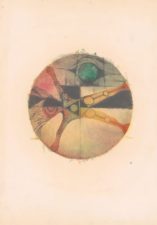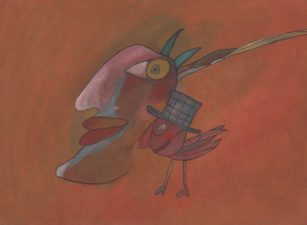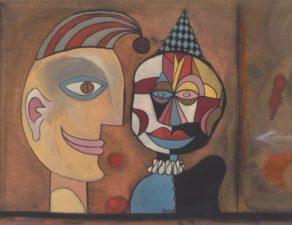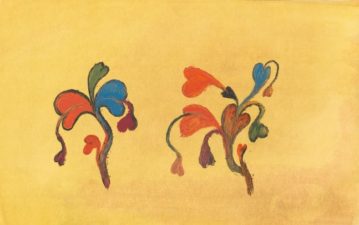The NFT art sector has shown that it has staying power, even when it is the target of negative headlines and toxic behavior of some speculative actors who only want to earn quick money. The underlying technology is what many people find innovative, especially for art and creative expression. Whereas previously, the Internet consisted of information that people could read, write or record —but never own— today that is different. It is not just information. Today, that information or data can be tokenized to become an asset. A unique one at that, which can be sold online. So, digital artists are not simply giving up such a liberating technology, even if some naysayers say it is all for nothing.
Because the NFT art space has remained resilient, many solutions and use cases have emerged that were predicted as trends for 2023, and one can only expect that these trends will continue to develop. Art is a uniquely experimental endeavor. One in which creations are produced, at times, in almost a playful manner. Because of this, it is only natural that the NFT art sector is the laboratory, or the playground, in which innovations are tested and later on transferred to other sectors of Web3 and the digital asset economy.
Museums, cultural institutions, and NFT art galleries
Museums are looking for Web3 solutions to engage visitors, and NFT art galleries are appearing to help promote digital art creations. Also, those tasked with maintaining and caring for sites of cultural and historical relevance can use the NFT approach to fund these efforts. For example, you have the Lobowicz family, descendants of Czech-Bohemian nobility. It all sounds cool, but they don’t have the actual gargantuan funds to pursue the restoration of the family estate, which they are obligated to preserve. So, they have turned to Web3 patronage. This means minting NFTs to help restore some of the artwork and artifacts under their protection. The Czech National Theater has also turned to NFTs to build a rehabilitation center for ballet dancers to recover from injuries and prolong their careers.
The Musée d’Orsay, a world-renowned museum built in the 19th century and home to many impressionist masterpieces, has also taken the leap. This Parisian art institution partnered with the Tezos Foundation and KERU, a platform based on Tezos that creates digital memorabilia, to develop digital souvenirs for visitors to the museum. Those who visit can leave the exhibits with digital mementos in augmented reality. Such souvenirs represent enhancements to any visit to the museum.
Finally, the number of NFT art galleries has exploded. This is because even though NFT art can be more democratic and is available to many collectors, it still needs some curation. Some people are experts in artistic movements who can help shape experiences and exhibits, which invariably help artists promote their work and collectors understand why something might be valuable. These NFT art galleries usually have websites but can also have a presence in the Metaverse so people can view the NFT art as if they were in a real-life gallery or museum. This is the case of SOPRG, an NFT art gallery with a presence on the Somnium Space Metaverse.
Gaming
Another strong sector within Web3 is gaming. This is because there are many synergies between game development and art. But also, Web3 gaming has a unique characteristic in that the assets you collect can become valuable as long as the people in that gaming community find value in that asset.
Also, it is only a matter of time before avatars become artistic statements or artists create gamified experiences for their audiences. After all, gaming relies heavily on artistic creation to produce creatures and assets.
Physical-digital hybrids
Regardless of how innovative the NFT medium is and how cool digital art aesthetics can be, it is also true that having a physical object in your hands as a result of your artistic creation is very satisfying. So, people are starting to see more and more NFT collections with limited editions that come with prints so that you can also decorate your house or store safely for a later sale.
A notorious case study is how Jackson Pollock’s Studio floor, where lots of paint dripped due to his famous technique, was transformed into NFTs and sold in collections. Limited editions were offered with a physical print so that people could also own a physical representation of Pollock’s floor and try to guess which masterpiece is reflected in this drip. SOPRG, an NFT art gallery, specializes in these types of artworks, where traditional painters can transform their creations into NFTs and sell them on the blockchain bundled with their physical counterparts.
So, remember, even though there are some easy headlines regarding NFTs and their potential, the NFT art space has delivered on some expected trends. User behavior perhaps needs to be molded by the new emerging landscape. Or maybe the technology costs need to drop so people can access virtual immersive NFT art galleries. But the foundations are laid, and the technology is clearly useful. It’s all about perseverance because you never know when everything will fall into place.
Painting by Mr. Školník – you can buy the NFTs via our shop.






